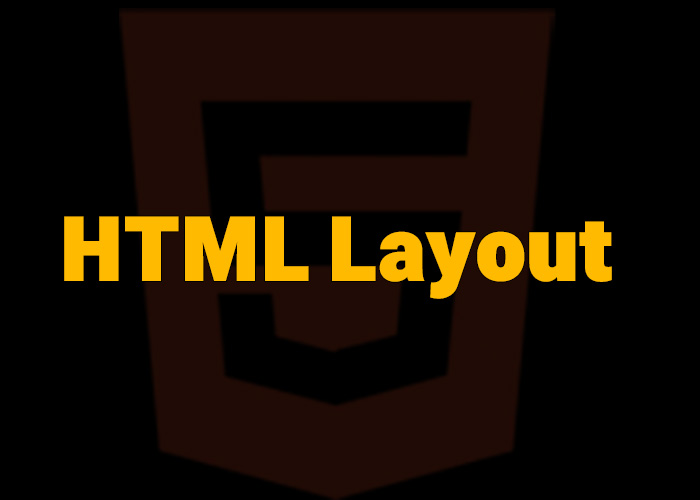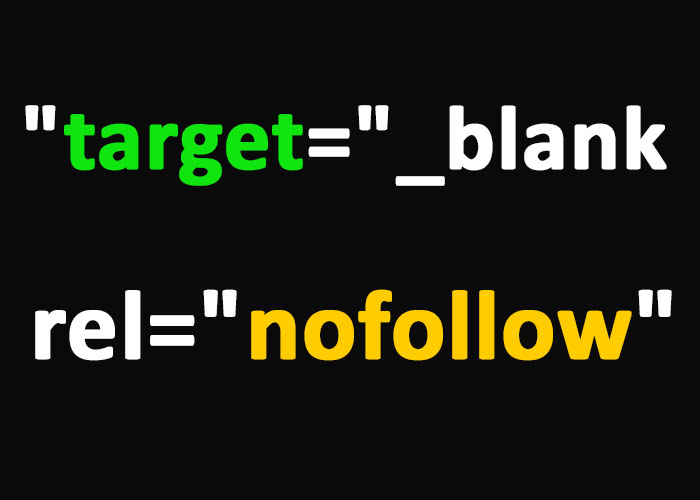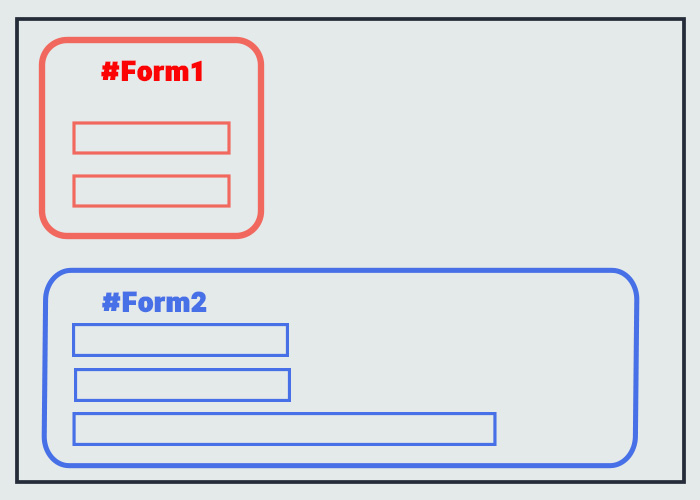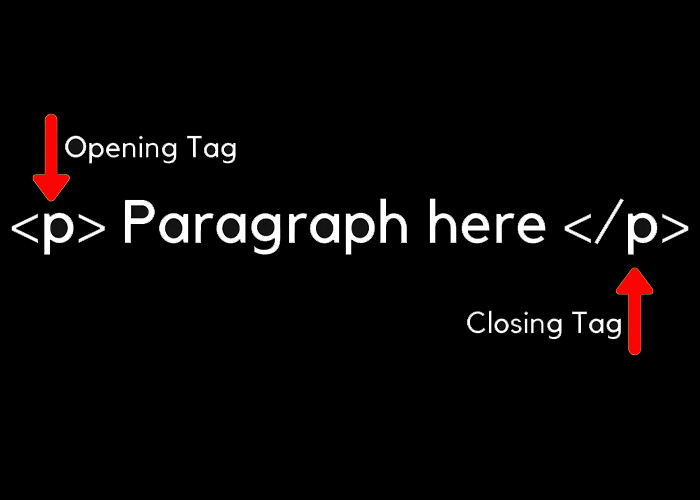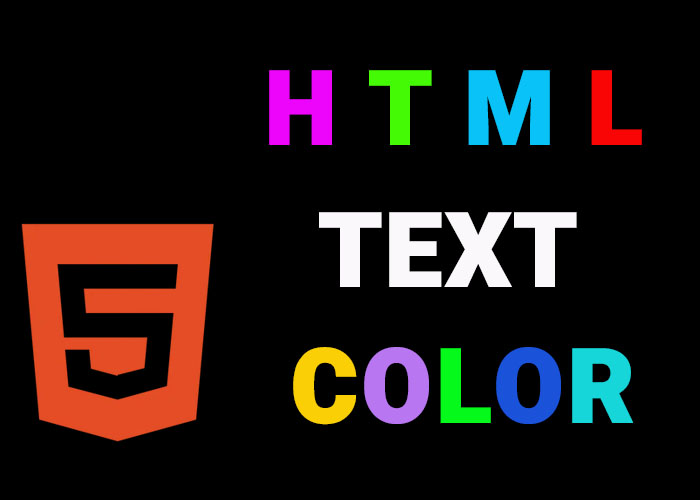HTML Layout: A Comprehensive Guide
HTML layout is a fundamental aspect of web development that focuses on arranging different elements to create a structured framework for a webpage. It also aims to ensure that the webpage is visually appealing and user-friendly. By effectively using HTML layout techniques, such as employing clear navigation bars and logical content grouping, developers can build pages that are intuitive to navigate and offer an enjoyable user experience. In this guide, we’ll explore various HTML layout methods, provide examples of how to use them, and share best practices for creating responsive and well-organized web pages. If you’re new to HTML, make sure to check out our What is HTML? A Comprehensive Guide for a foundational understanding.
Understanding HTML Layout
An HTML layout is essentially the structural framework of a webpage. It determines how different components like headers, navigation bars, sidebars, content sections, and footers are arranged to present the content logically. A well-designed layout enhances usability, makes content more accessible, and ensures that the webpage is adaptable to various devices and screen sizes.
HTML5 introduced several new semantic elements, such as <header>, <footer>, and <article>, that make defining different parts of a webpage more intuitive. These elements improve organization, SEO, and accessibility. Commonly used layout elements include <header>, <nav>, <section>, <article>, <aside>, and <footer>.
Common HTML Layout Elements and Techniques
1. Using Semantic Layout Tags
HTML5 provides several semantic tags that help structure your content meaningfully. Here are some of the key tags used for layout purposes:
<header>: Defines introductory content or navigational links, typically used at the beginning of a webpage or section to introduce the main topic or provide access to site-wide navigation.
<nav>: Contains the main navigation links for the site, which helps users easily move from one section to another, and also assists search engines in indexing the main parts of the site.
<section>: Represents a standalone segment of content that is thematically related. Sections often include a heading and are used to group content logically.
<article>: Represents self-contained content, such as an article or blog post, that could be independently distributed or syndicated.
<aside>: Represents content that is tangentially related to the main content. It often includes sidebars, pull quotes, or advertisements that provide additional context or support.
<footer>: Represents the footer of a page or section, often containing contact information, copyright notices, or additional navigation links.
Example Layout:
<!DOCTYPE html>
<html lang="en">
<head>
<meta charset="UTF-8">
<meta name="viewport" content="width=device-width, initial-scale=1.0">
<title>HTML Layout Example</title>
<link rel="stylesheet" href="styles.css">
</head>
<body>
<header>
<h1>My Website</h1>
<nav>
<ul>
<li><a href="#">Home</a></li>
<li><a href="#">About</a></li>
<li><a href="#">Contact</a></li>
</ul>
</nav>
</header>
<main>
<section>
<h2>Welcome to Our Website</h2>
<p>This is the main content section where you can introduce your services, products, or other relevant information. Providing well-organized sections helps the user quickly find what they need and enhances the overall user experience.</p>
</section>
<aside>
<h3>Related Links</h3>
<ul>
<li><a href="#">Blog</a></li>
<li><a href="#">Resources</a></li>
<li><a href="#">FAQ</a></li>
</ul>
</aside>
</main>
<footer>
<p>© 2023 My Website. All rights reserved.</p>
</footer>
</body>
</html>In this example, we use semantic elements like <header>, <nav>, <section>, <aside>, and <footer> to create a logical and organized layout for the webpage. Each of these elements provides meaning that helps developers, search engines, and assistive technologies understand the content better.
2. Using <div> for Layout
The <div> tag is a generic container used to group content for styling and layout purposes. Before HTML5 introduced semantic tags, developers frequently relied on <div> to create layouts. While <div> is still used, its use is now more often for applying styles or scripts where no specific semantic meaning is needed.
Example:
<div class="container">
<div class="header">
<h1>Website Header</h1>
</div>
<div class="nav">
<ul>
<li><a href="#">Home</a></li>
<li><a href="#">About</a></li>
<li><a href="#">Contact</a></li>
</ul>
</div>
<div class="content">
<h2>Main Content</h2>
<p>This is where the main content goes. The flexibility of `<div>` makes it easy to style sections without implying any particular meaning, which can be useful in certain scenarios.</p>
</div>
<div class="sidebar">
<h3>Sidebar</h3>
<p>Additional information here, such as links to recent articles or advertisements. Grouping elements using `<div>` tags allows for greater styling options while maintaining simple HTML structure.</p>
</div>
<div class="footer">
<p>© 2023 Website Footer</p>
</div>
</div>Although <div> tags are versatile and can still be used for layout, they lack the inherent meaning that semantic tags provide. For example, using a <div> to represent a page header does not convey the same level of meaning as using a <header> tag, which explicitly indicates the purpose of the content it contains. This distinction makes semantic tags preferable for better readability and accessibility. Using semantic tags makes your code more readable, more accessible, and easier to maintain. Moreover, search engines and screen readers better understand the page when semantic tags are used.
3. Using CSS for Layout
Modern web layouts rely heavily on CSS for styling and positioning elements. CSS provides powerful features like Flexbox and CSS Grid, which make creating complex layouts without deeply nested HTML elements much easier.
CSS Flexbox
Flexbox is a one-dimensional layout model that makes it easier to align items in rows or columns. It is particularly useful for distributing space and aligning items along a single axis, allowing for a more responsive and clean layout without using float or positioning properties.
Example:
<div class="flex-container">
<div class="item">Item 1</div>
<div class="item">Item 2</div>
<div class="item">Item 3</div>
</div>CSS:
.flex-container {
display: flex;
justify-content: space-around;
align-items: center;
}
.item {
padding: 20px;
background-color: lightblue;
margin: 10px;
}Flexbox provides alignment control along the main and cross axes, making it a great choice for simple, responsive layouts.
CSS Grid
CSS Grid is a two-dimensional layout model that allows developers to create more complex and responsive designs using rows and columns. It is ideal for designing entire webpage layouts or individual components, allowing for precise control over placement of elements.
Example:
<div class="grid-container">
<div class="header">Header</div>
<div class="menu">Menu</div>
<div class="main">Main Content</div>
<div class="right">Sidebar</div>
<div class="footer">Footer</div>
</div>CSS:
.grid-container {
display: grid;
grid-template-areas:
'header header'
'menu main'
'menu right'
'footer footer';
grid-gap: 10px;
}
.header {
grid-area: header;
background-color: #f1f1f1;
}
.menu {
grid-area: menu;
background-color: #f9f9f9;
}
.main {
grid-area: main;
background-color: #ffffff;
}
.right {
grid-area: right;
background-color: #e1e1e1;
}
.footer {
grid-area: footer;
background-color: #d1d1d1;
}CSS Grid provides a powerful system for arranging elements in a two-dimensional space. Unlike Flexbox, which is better suited for one-dimensional layouts, CSS Grid allows for more control over rows and columns, making it ideal for entire webpage layouts or complex grid structures. This makes it easier to create complex responsive designs that can adapt to different screen sizes and devices.
Responsive Layouts
Responsive design is essential for modern web development because it ensures that your website looks great and functions well on all devices, including desktops, tablets, and smartphones. Responsive layouts adjust to different screen sizes to provide an optimal user experience, regardless of the device being used. CSS frameworks like Bootstrap or using media queries can help create responsive layouts that adapt to different screen sizes.
Using Media Queries for Responsiveness
Media queries are a key tool for creating responsive layouts. They allow you to apply different CSS styles depending on the device's characteristics, such as its width, height, or resolution. Media queries help ensure that your webpage looks good and functions well across a range of devices.
Example with Media Query:
.container {
width: 100%;
padding: 20px;
}
@media (min-width: 768px) {
.container {
width: 80%;
margin: auto;
}
}In this example, the container takes up the full width of the screen on smaller devices, but on larger devices (those with a width of at least 768 pixels), it is set to a narrower width for better readability.
Using Bootstrap for Responsive Layouts
Bootstrap is a popular CSS framework that provides pre-built classes to create responsive layouts quickly. Bootstrap's grid system makes it easy to create columns that adjust based on the screen size, making it an effective tool for developing responsive websites without writing custom CSS.
Example:
<div class="container">
<div class="row">
<div class="col-md-6">Left Column</div>
<div class="col-md-6">Right Column</div>
</div>
</div>In this example, the content is split into two columns that each take up half the width of the container on medium-sized screens and larger. On smaller screens, Bootstrap's grid system ensures that the columns stack vertically for easier viewing.
Best Practices for HTML Layout
Use Semantic Tags: Prefer semantic tags over <div> to convey meaning about your content, making it easier for search engines and developers to understand your code.
Combine HTML and CSS Properly: Use HTML for structure and CSS for styling to maintain a clear separation of concerns.
Ensure Accessibility: Design your layout with accessibility in mind, including proper use of ARIA roles and semantic elements to support users who rely on assistive technologies.
Create Responsive Layouts: Use CSS frameworks, Flexbox, or Grid to create layouts that adapt to different devices and screen sizes.
Minimize Complexity: Avoid deeply nested HTML elements, as they can make the code difficult to read and maintain. Keep your layout simple and organized.
Test Across Devices: Always test your layout on multiple devices and browsers to ensure compatibility and a consistent user experience.
Use Consistent Styling: Keep your styles consistent across different pages of your website to create a cohesive and professional look.
Conclusion
HTML layout is all about organizing content in a way that is visually appealing, user-friendly, and easy to maintain. By using a combination of semantic HTML tags, CSS for styling, and modern layout models like Flexbox and Grid, you can create powerful and responsive web pages. Learning to effectively implement layout techniques will help you build better websites that are adaptable, efficient, and easy to use. For more foundational knowledge of HTML, check out our What is HTML? A Comprehensive Guide.
Share Your Thoughts
Have you used CSS Grid or Flexbox in your projects? What challenges did you face when creating HTML layouts? Share your experiences in the comments below!
